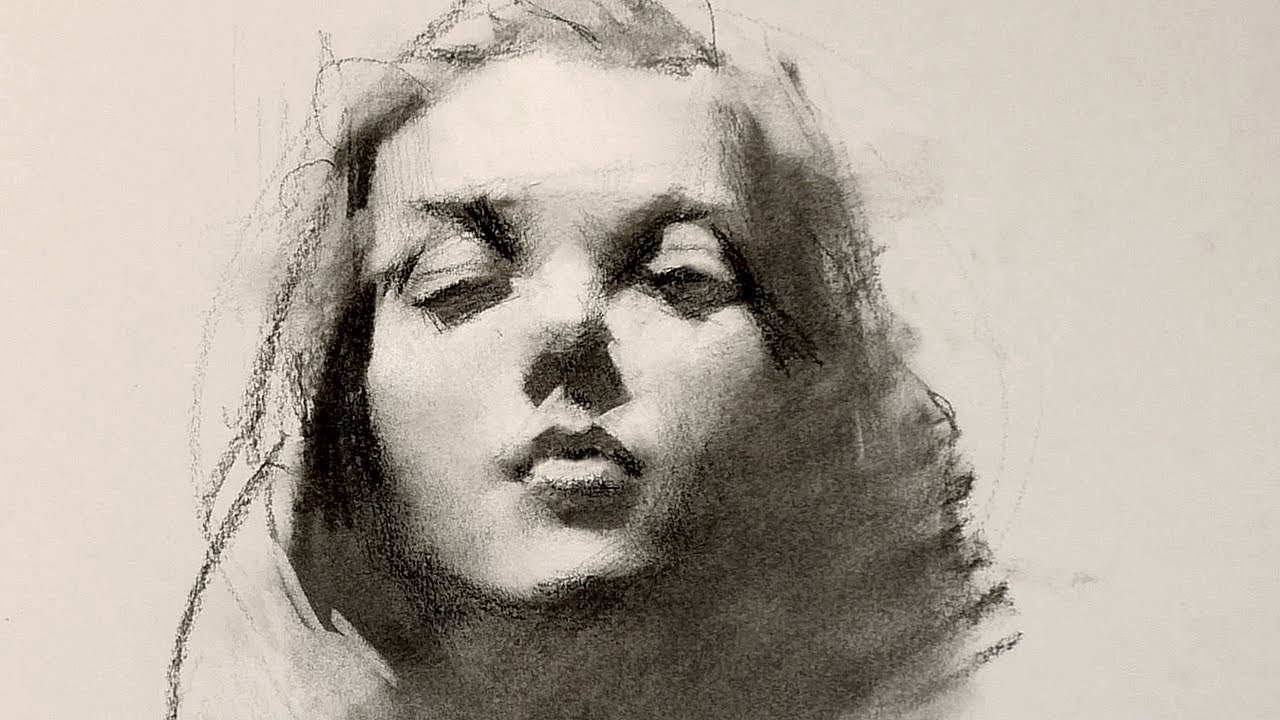
Robert Draws – The Art of Charcoal Drawing has been celebrated for centuries. This unique form of art allows artists to create depth through lines and shadows. Charcoal is versatile, offering artists the ability to achieve both fine details and dramatic contrasts. Unlike other mediums, charcoal allows for a more spontaneous and raw style of drawing. Many artists use charcoal to capture emotion and create stunning portraits or textures. As you dive into this form of drawing, it’s important to understand how lines and shadows work together to bring your art to life.
Charcoal is a preferred medium for many artists due to its rich, deep tones. It can be easily manipulated to create various effects. Soft charcoal produces rich dark lines, while hard charcoal allows for finer details. Charcoal sticks come in various shapes and sizes, offering different textures and intensities. The smoothness and darkness that charcoal can achieve make it an excellent choice for creating dramatic effects. The medium is widely used in both realistic and abstract artworks.
“Read about: Grisaille Technique: Sculpting with Shadows on Canvas”
In charcoal drawing, lines serve as the foundation of your artwork. The type of line you choose greatly impacts the overall composition. Strong, bold lines can evoke a sense of power and intensity. On the other hand, soft, delicate lines are often used to suggest lightness or fluidity. Artists can vary the pressure they apply to their charcoal to create these differing line qualities. The variation in line thickness also plays an important role in creating depth and dimension within the piece.
Shadows are a critical component of charcoal drawings. They give depth and dimension to the subject, making the drawing appear more lifelike. Light and shadow work together to create volume, texture, and a sense of space. In a charcoal drawing, the artist must pay attention to the direction of light and how it interacts with the subject. By using shadows, artists can suggest three-dimensional forms on a two-dimensional surface. The contrast between light and dark is what makes charcoal drawings so striking.
One of the most powerful techniques in charcoal drawing is blending. Blending softens the charcoal marks and creates smooth transitions between light and shadow. A blending stump, or tortillon, is often used to smooth out the charcoal. This tool helps to achieve soft gradations of tone. Another technique that enhances depth is hatching and cross-hatching. These methods involve drawing a series of lines in different directions to build up layers of shading. As you layer more charcoal, the darkness of the lines deepens, adding richness and contrast.
“Read more: From Sketches to Icons: The Evolution of Cartoon Art”
Many artists choose charcoal for portraiture due to its ability to capture the depth and texture of skin. To create a realistic portrait, focus on the subtle gradations of light and shadow. The features of the face, such as the nose, eyes, and lips, can be rendered in intricate detail using charcoal’s soft texture. The contrast between light and dark areas helps to emphasize the facial structure. Using charcoal, you can achieve a soft, natural transition between highlights and shadows, creating a lifelike portrayal of your subject.
Charcoal is equally effective for still life and nature studies. Artists use this medium to study textures, such as the roughness of a stone or the softness of fabric. The ability to capture intricate details is one of the reasons charcoal is favored for such studies. The contrast between light and dark can bring out the textures and contours of everyday objects. Artists often use charcoal for quick sketches, capturing the essence of an object in just a few strokes. This spontaneous approach allows for more freedom and creativity.
In modern times, charcoal continues to be an essential medium in fine art. Many contemporary artists explore its possibilities in both traditional and innovative ways. Charcoal’s rawness allows artists to push boundaries and experiment with abstract forms. It is often combined with other mediums, such as ink or pastels, to create mixed-media works. The versatility of charcoal keeps it relevant in today’s art world, ensuring its place as a timeless and evolving medium.